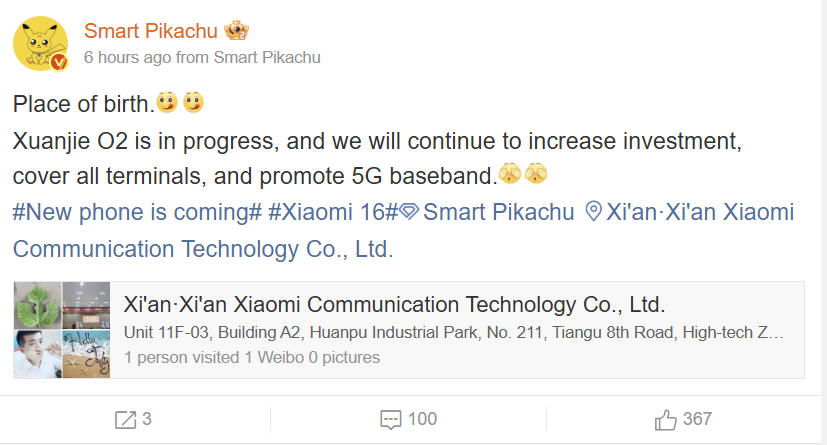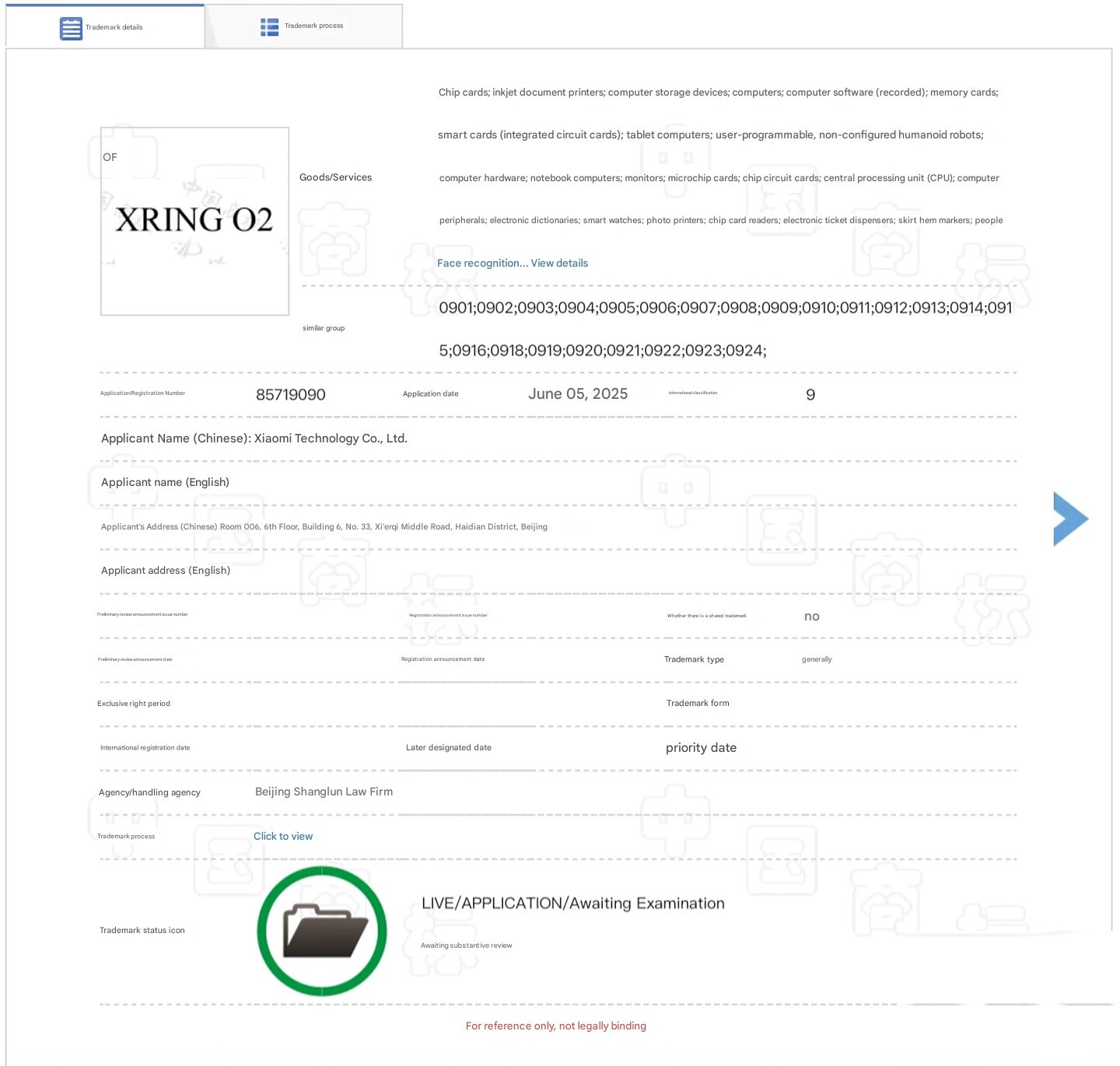Xiaomi is accelerating the rollout of its next-generation XRING O2 chip and advanced 5G baseband, aiming for seamless integration across its product ecosystem. Industry sources confirm that the XRING O2 will launch in Xiaomi vehicles, signaling an important step forward in the company’s semiconductor roadmap.
This initiative aligns with Xiaomi’s ambition to unify its hardware platforms—spanning smartphones, tablets, wearables, and now vehicles—under a single, robust chipset architecture. The XRING O2 project builds on the momentum of the previously released XRING O1 processor, which has already demonstrated Xiaomi’s growing technical capacity in chip design and manufacturing.
Automotive Integration: Completing the Ecosystem
According to respected industry commentator @Smart Pikachu, Xiaomi is significantly ramping up investment in XRING O2 R&D. The chip is engineered for “full terminal coverage,” allowing all Xiaomi products—including electric vehicles—to interact within a single ecosystem.
Integrating XRING O2 into vehicles is a crucial part of Xiaomi’s “people, cars, and homes” vision. The chip will support a range of automotive functions and ensure compatibility with other Xiaomi smart devices.
Four-in-One Domain Controller: Streamlining Vehicle Architecture
Xiaomi is also developing a proprietary four-in-one domain controller optimized for the XRING O2 platform. This solution is designed to manage multiple automotive systems from a unified controller, reducing system complexity and improving overall performance.
Industry reports suggest the XRING O2 will eventually power:
- Xiaomi smartphones
- Xiaomi tablets
- Xiaomi smartwatches
- Xiaomi electric vehicles
Trademark Application: Laying the Groundwork
Xiaomi Technology Co., Ltd. has applied for the “XRING O2” trademark as of June 5th, according to the State Intellectual Property Office’s China Trademark Network. The application is currently under substantive review, indicating the company’s intent to commercialize the chip in the near future.
The XRING designation highlights Xiaomi’s commitment to in-house processor development, with the O2 chip representing the next phase following the successful launch of XRING O1 and XRING T1 in May.
XRING O1: Performance Highlights
The XRING O1 chip features 19 billion transistors in a 109mm² package, built on advanced 3nm process technology. Its ten-core, four-cluster CPU includes dual super cores, four performance cores, two energy-efficient cores, and two ultra energy-efficient cores—delivering maximum frequencies up to 3.9GHz. Benchmark results show single-core scores above 3,000 and multi-core performance exceeding 9,500 points.
For ongoing updates about Xiaomi’s chip innovation and system software, visit HyperOSUpdates.com or download the MemeOS Enhancer app on the Play Store for additional features and optimizations.


 Emir Bardakçı
Emir Bardakçı




that was amazing phone and keep going to be smart phone
Mediatek now has a Competition…. meanwhile Exynos fell into irrelevance
Yea another lol technology breakthrough, soon to be abandoned for reason unspecified